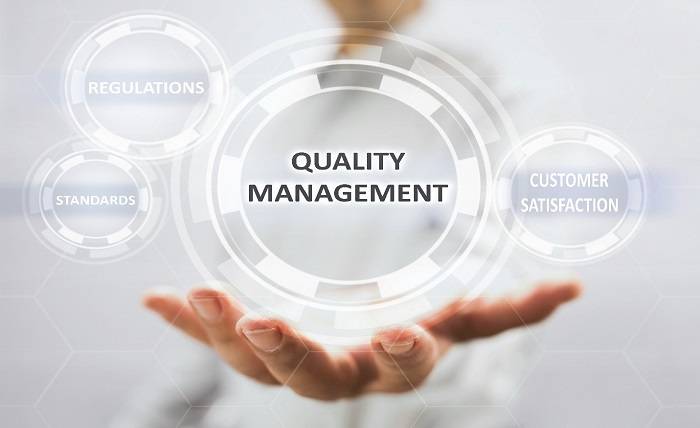The full form of QMS is Quality Management System. The meaning of this acronym is not the same for all professionals. Listed below are the various forms of QMS. If you are not sure of the meaning of one, please visit the expanded form to find out more. The expanded form also provides examples of the term’s usage. We hope that you have learned something new after reading this article. If you have any questions, feel free to ask us!
The plan describes the process to be followed in achieving a certain goal. It contains the intent and decision to do something. The goal follow-up data is collected in a document and analyzed. The success of a QMS implementation depends on committed top management, a secure competence, and an organization that has clear responsibilities. The full form of QMS is useful for a company with a variety of business processes.
In many industries, the concept of a QMS is important. Some industries are regulated differently than others. For example, regulations in the pharmaceutical industry are quite different from those in the banking or financial industries. Therefore, the QMS system and processes may not be applicable in all industries. However, some industries have voluntary codes of conduct. This way, they can be implemented as long as they adhere to the standards. The ISO 9000 family of standards is the most widely implemented globally. In addition to ISO 9000, ISO 19011audit regime applies to both quality and sustainability.
The full form of QMS is Quality Management System. In addition to its acronym, QMS can also refer to a quality management system. Various parts of the QMS can be expressed as procedures, processes, or resources. By using the website search option, you can find more acronyms. If you have trouble figuring out which part of the acronym stands for QMS, you can always use the full form of QMS.
The first phase of QMS development is the design phase, which focuses on creating the overall structure and processes of the system. This phase should be overseen by senior management. The process deployment phase is best served by breaking the processes down into subprocesses, training tools, and metrics. Increasingly, companies are using company intranets to aid in QMS deployment. Control and measurement are accomplished largely through systematic audits. Specific requirements for each stage of the process depend on the size of the organization and the risks involved.
Continuous improvement is another key part of QMS. By monitoring and evaluating customer satisfaction, you can identify areas of your organization where improvements need to be made. A high-quality management system can save you money in the long run and improve your business. So what are the benefits of a QMS? The benefits are many! You will be more competitive with a QMS. There are numerous advantages to implementing it. Moreover, the cost of quality management is highly dependent on its effectiveness.










